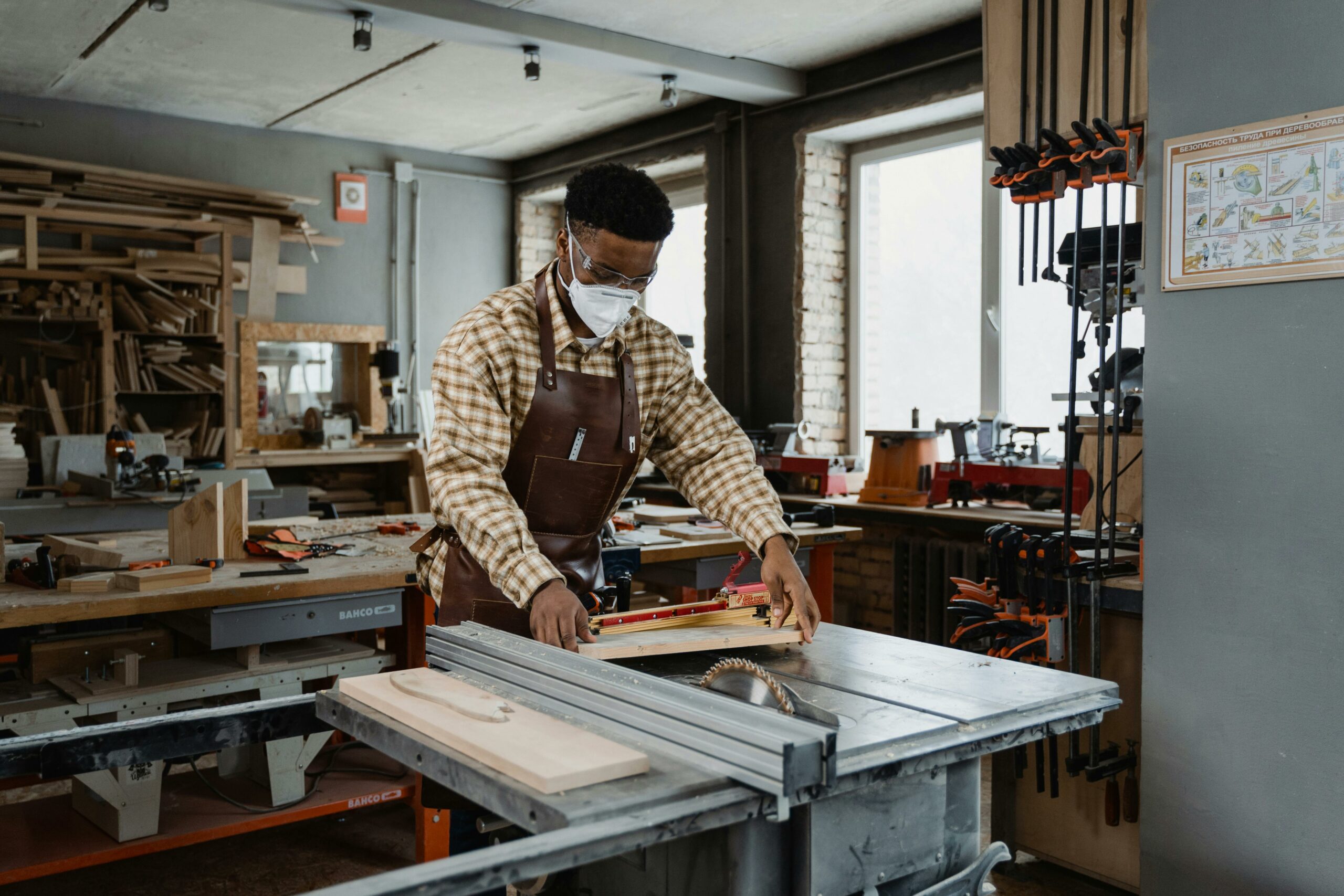How to Fix Common Woodworking Mistakes: A Guide to Salvaging Your Projects

Woodworking can be a deeply satisfying and creative endeavor, but it’s not without its challenges. Even experienced woodworkers encounter mistakes from time to time. The key to successful woodworking is not avoiding mistakes altogether, but rather knowing how to address and correct them when they occur. In this article, we’ll explore some common woodworking mistakes and offer guidance on how to fix them to salvage your project.
Measure Twice, Cut Once:
The age-old adage of “measure twice, cut once” is a woodworking golden rule. If you’ve cut a piece too short, all is not lost. Depending on the situation, you might be able to splice an additional piece onto the end or find creative ways to conceal the mistake. Alternatively, if the piece is crucial, you may need to remake it entirely.
Gaps in Joinery:
Gaps in joints can occur due to inaccuracies in cutting or assembly. To remedy this, fill the gaps with wood putty or epoxy mixed with sawdust to match the wood’s color and grain. Once dried, sand the filled area flush with the surrounding surface for a seamless finish.
 Splintered Wood:
Splintered Wood:
When working with delicate or thin wood, splintering can be a common issue. To fix splinters, use a combination of glue and clamps to reattach the broken piece. Once the glue dries, sand the repaired area to smooth out the surface.
Mismatched Grain:
Sometimes, you may notice that adjacent pieces of wood have grains that clash. To mitigate this, consider staining the wood to create a consistent color across the project. Proper staining can help minimize the visual impact of mismatched grains.
Uneven Stain or Finish:
An uneven finish can be a frustrating mistake, but it’s not the end of the world. Sand down the uneven area to remove the finish or stain, then reapply it more evenly. Ensure the surface is clean and smooth before applying the finish for the best results.

Gaps Between Boards:
Gaps between wooden boards can occur due to changes in humidity or poor joinery. To fix this, you can use a wood filler or mix sawdust with glue to create a paste that matches the wood’s color. Fill the gaps, let it dry, and then sand it down to a smooth surface.
Misaligned Hardware Holes:
When drilling holes for hardware like knobs or handles, a misalignment can be disappointing. To correct this, you can use wood filler to fill the misplaced holes and then drill new ones in the correct position. Ensure the new holes are precisely aligned.
Uneven Cuts or Angles:
If you’ve made uneven cuts or angles, you can use a hand plane, chisels, or sandpaper to reshape the piece to the desired angle or dimension. Take your time and measure carefully to achieve the correct alignment.
In woodworking, mistakes are inevitable, but they don’t have to be the end of your project. With patience, creativity, and the right techniques, you can address common woodworking mistakes and salvage your work. Remember that practice makes perfect, and as you gain experience, you’ll make fewer errors and become more adept at rectifying them. The key is to embrace each mistake as a learning opportunity and an opportunity to develop your skills as a woodworker.
Comments
Add comment